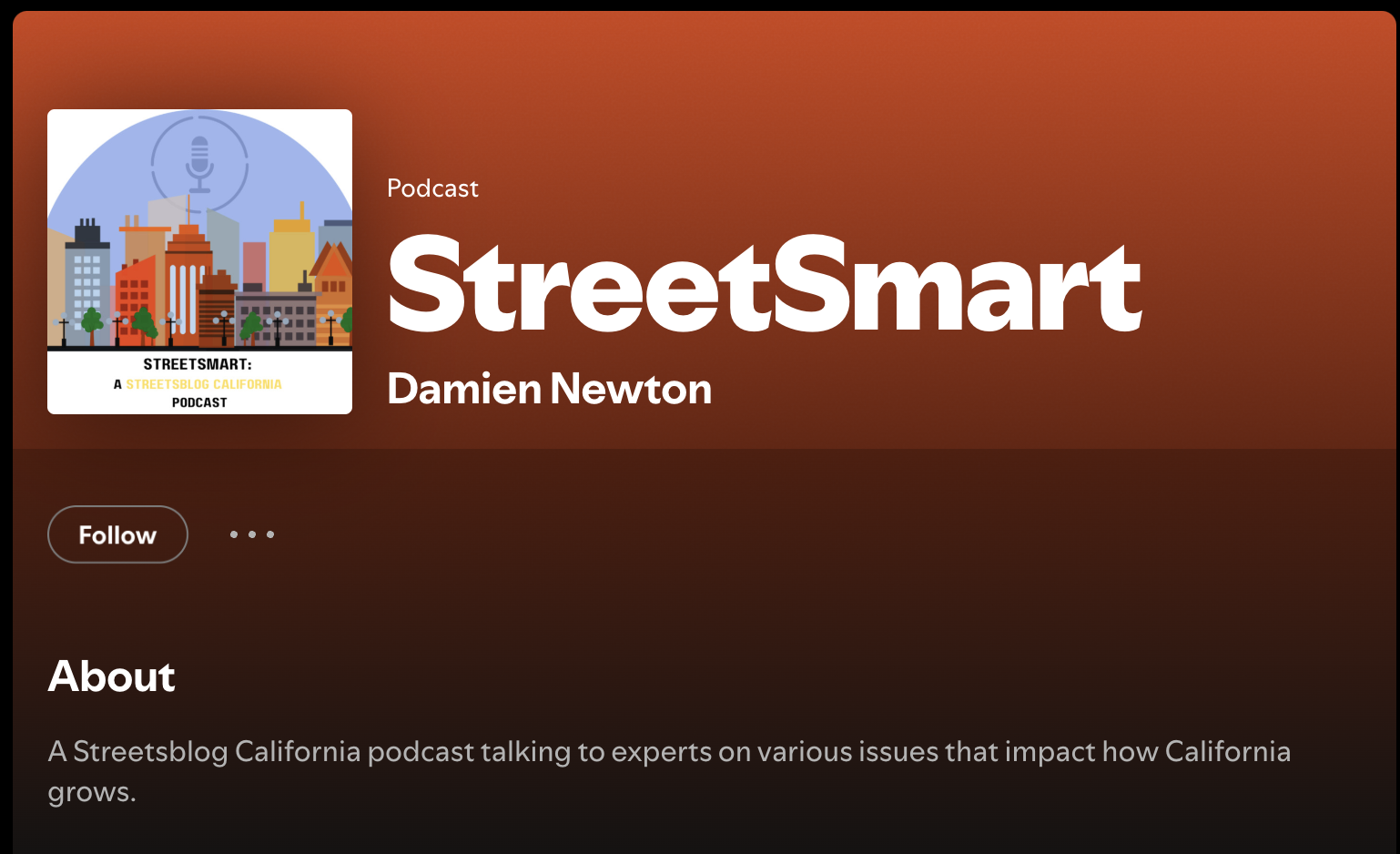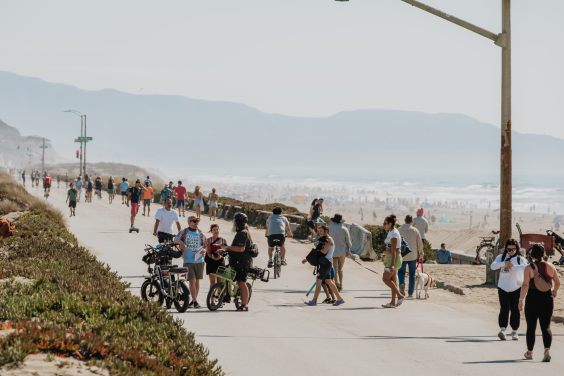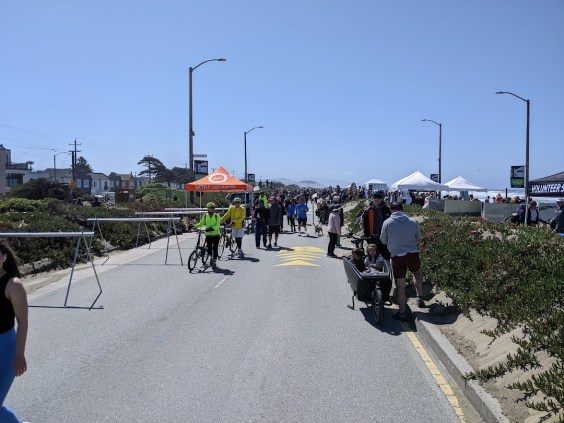American commuter rail lines tend not to draw many riders. That's what happens when service is limited and the line is set up to shuttle suburban park-and-ride commuters to an urban center in the morning and back home in the evening.

But there's a lot of untapped potential in commuter rail lines. A new report from the Transportation Research Board examines how railways like Cleveland's Blue Line, which extends to the suburb of Shaker Heights, can do a better job of connecting people to the places they need to go, writes Marc Lefkowitz at Green City Blue Lake:
Their analysis of the Blue Line shows that, for the most part, access is limited to those able to drive to it. Except for Shaker Square and downtown, the Blue Line is missing employment options.
“Employment opportunities are rare along this corridor between its terminus at Van Aken Center and Shaker Square, as is pedestrian- or transit-based access to cultural destinations, health care, and major retailers.”
Limited service outside of rush hour is a big drawback. As is the lack of development at station sites. The line is most valuable to one type of customer -- a Shaker resident who works downtown.
"The relative lack of these opportunities within this Suburban Commuter Corridor is mitigated by the access to a higher diversity of opportunities available to corridor residents in the CBD. But, transit service is generally limited to commute hours, and the travel time between outlying stations and the CBD is high."
The Blue Line is a type of “Emerging” corridor where auto-dominated travel patterns and low-density development prevail.
The report, which was sponsored by the Federal Transit Administration, points to Minneapolis's Corridors of Opportunity initiative as a model for involving many people with diverse interests in the effort to promote housing and development around rail stations, Lefkowitz says.
Elsewhere on the Network today: Systemic Failure asks which country has the more market-oriented approach to transportation policy -- China or the United States? And Market Urbanism critiques the shaky new defense of sprawl from Joel Kotkin.





